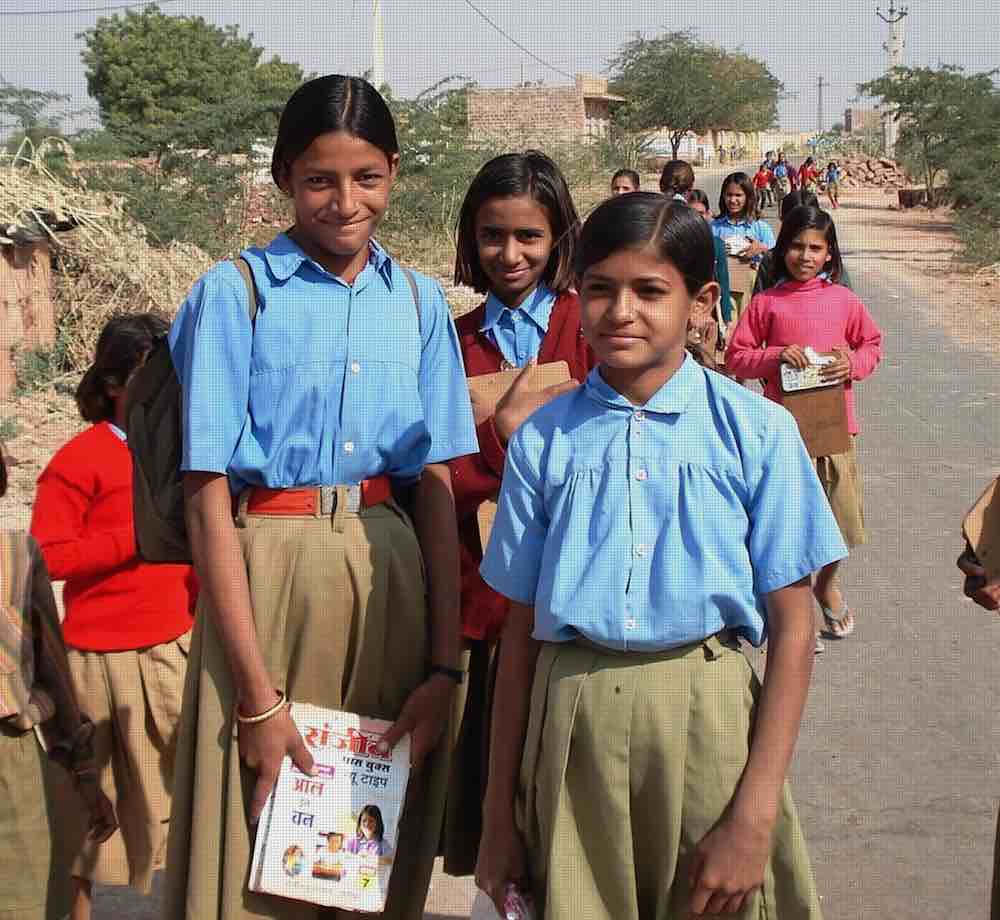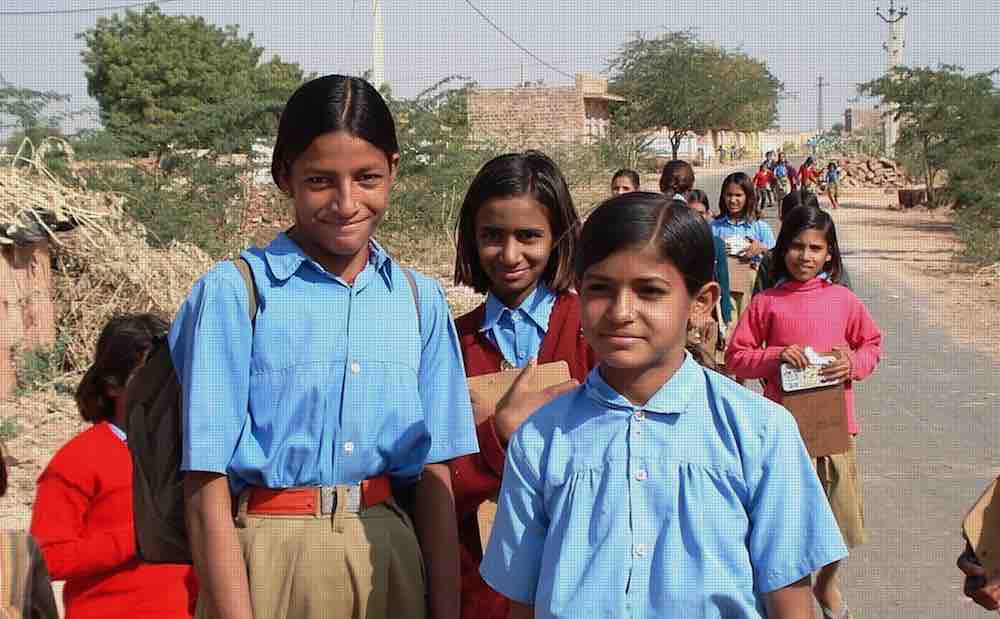
Caring for a chickens means a free supply of eggs that come with them – but for these sub-Saharan girls, they offer so much more.
While some African regions have outlawed child marriage over the course of the last decade, the practice is still prevalent in certain communities. Girls and woman who are forced into marriage at a young age are less likely to get an education, and much more likely to face negative physical, emotional, health, and social consequences during their adulthood as a result.
RELATED: Former Child Brides Win Case in Court: Zimbabwe Bans Child Marriage
The Berhane Hewan project, first launched in 2004, attempted to discourage the practice by recruiting local community leaders to gather villages together, discuss the negative impacts of child marriage, and ask families how they could educate and support their daughters, rather than marrying them off.
During these “community conversations”, many families simply said that they could not afford the cost of sending their daughters to school.
The Berhane Hewan project then took a multi-faced approach to the problem; for starters, families were given money for school supplies (which amounted to about $17 to $22 per year, depending on the country). Secondly, some girls were assigned female mentors to keep them engaged and inspired. Then, for the final approach, families who did not marry off their daughters for at least two years were given either chickens or a goat as a reward.
MORE: Thousands of Indian Doctors Fight Sexism by Delivering Baby Girls For Free
Instead of being pressured into accepting dowries from prospective husbands, farm animals created new sources of income and resources for struggling village families.
Two years later, the project showed astonishing results.
Families Suddenly Realized They Don’t Have to Carry on With This Practice
According to Berhane Hewan’s research, girls aged 10 to 14 who were enrolled in the two-year program were 90% less likely to be married than the girls who were not enrolled.
Annabel Erulkar, a social scientist with the Population Council, told NPR: “See, one misperception is that child marriage is an intractable practice. My experience is that communities are quite open to change.”
LOOK: Village in India Plants 111 Trees Whenever a Girl is Born
Population Council’s continuing research with the project even showed that the individual methods of child marriage prevention were still surprisingly effective; in communities where girls were only offered two chickens for every year they remained unmarried and in school, girls aged 15 to 17 were half as likely to be married.
When girls aged 12 to 14 were only given educational support, they were 94% less likely to be married than girls who were not enrolled in the program.
“We haven’t studied the long-term impact at this point,” Erulkar told NPR. “But when we go back to the communities we do find that it made a lasting change. Families suddenly realize [they] don’t have to carry on with this practice of child marriage.”
Erulkar also says that even after the program, local community leaders continued the mission of educating families on the dangers of child marriage.
Click To Share The Exciting Story With Your Friends (Photo by Population Council)





















Fantastic!
How can I see other people’s comments??